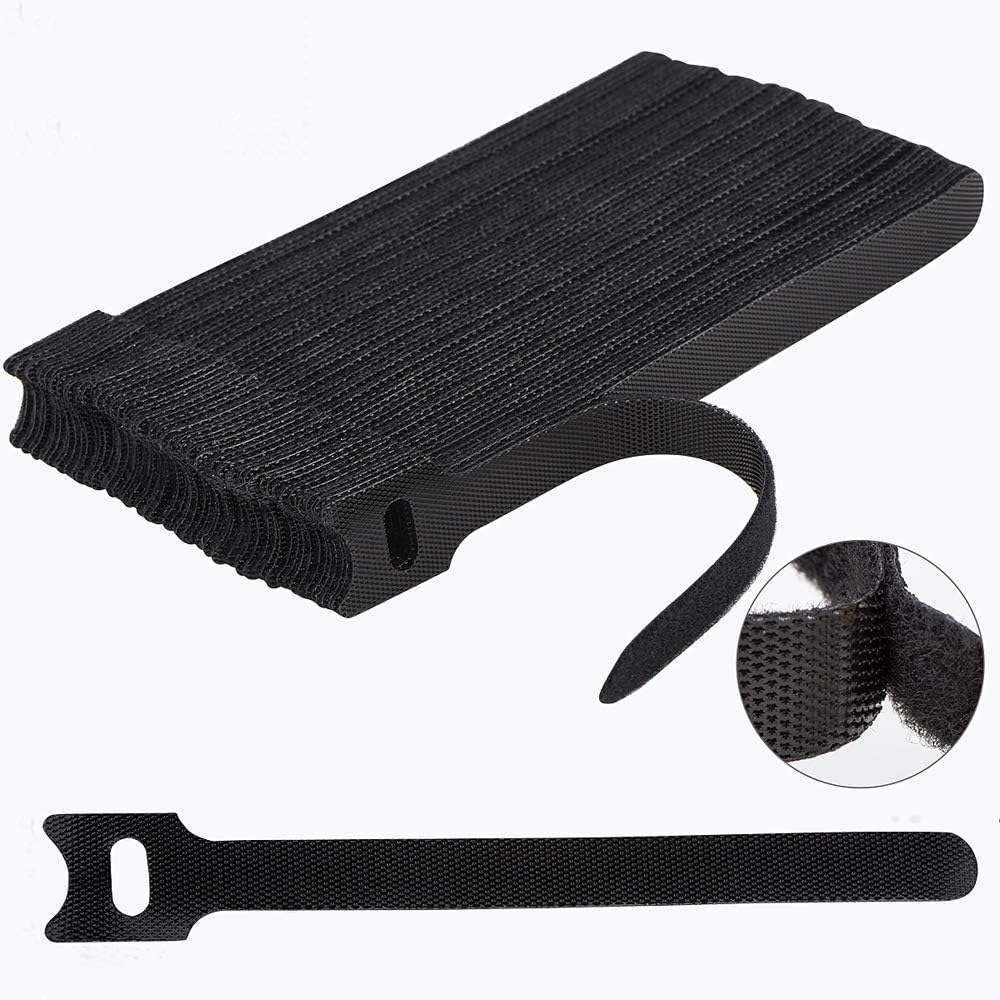
Introduction
We all have built a PC in our life several times. Bringing those hardware components, assembling them, and then building our own custom PC for personal needs is an exciting experience. But one little thing newbies can miss is cable management. Who likes an unorganized tangle of cables? Investing a little bit of time in cable management can help get rid of this problem. For getting the best performance from your system, you should do this properly.
In this post, you’ll find answers to why cable management is crucial for our systems and how it enhances our workflow.
So, let’s talk about how to do proper cable management for our PC.
Why Cable Management Matters in a PC Build
Redefining PC Aesthetics
Redefining PC Aesthetics
To get an aesthetic look for your PC, cable management is one of the major things. For a high-end gaming PC or workstation, it plays a vital role. It not only shows off your expensive hardware but also gives a professional look. If somebody walks into your room and sees your messy cables, it might not be a great experience. With proper cable management, anyone can visually admire those top-tier RTX cards.
Airflow
Poor cable management can obstruct the airflow of your case. Airflow is necessary for internal components like the processor, GPU, and motherboard. These components generate heat, so if there is not enough airflow, your hardware is at risk. Untidy cables can block air vents, which can lead to your system overheating and decreased performance.
Most modern PC cases come with pre-built holes and channels for cables, or you can simply buy some cable ties online, which is a simple and cheap way to fix this problem. Make sure cables are not blocking air vents.
Additionally, when you are thinking about upgrading or facing any troubleshooting, it’s easier to get access to all the components if there is proper cable management. It will save both time and effort.
The Drawbacks of Unorganized Cables
Messy cables can create numerous problems such as overheating, hardware issues, etc.
If someone walks into your room and unconsciously trips over those cables, they can get hurt, and even the hardware attached to the cables can get destroyed. Tangled cables can cause overheating issues sometimes. They can reduce airflow, and as a result, overheated cables can cause fire hazards.
Tips for Effective Cable Management
At first, look at your setup and plan everything—where you would put devices. Pre-planning will help you later.


You can use some cable management tools like cable ties, cable sleeves, and Velcro straps. These tools keep your cables in place, and you can adjust them later for your needs. Ensure high-quality cables for long-term use. Leave some extra space for future upgrades.
Conclusion
Proper cable management will take a little bit of time now, but it will save you from tons of problems in the future. It is highly recommended for professionals to achieve higher performance and enhance their setup’s looks.
You can share any tips or photos in the comments.